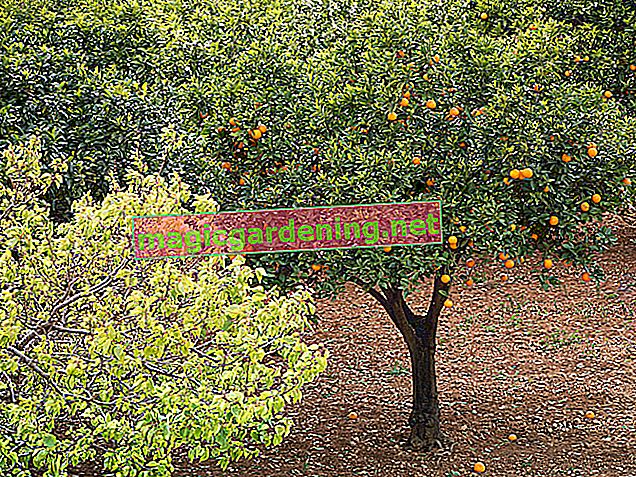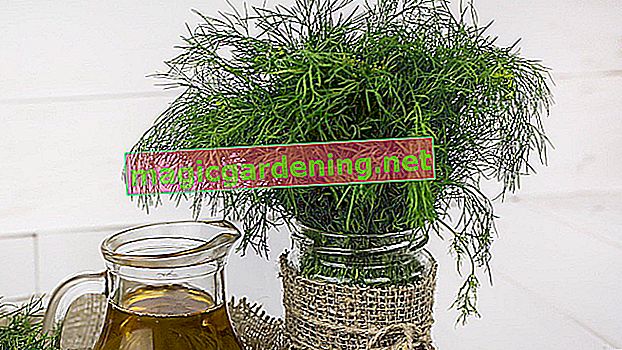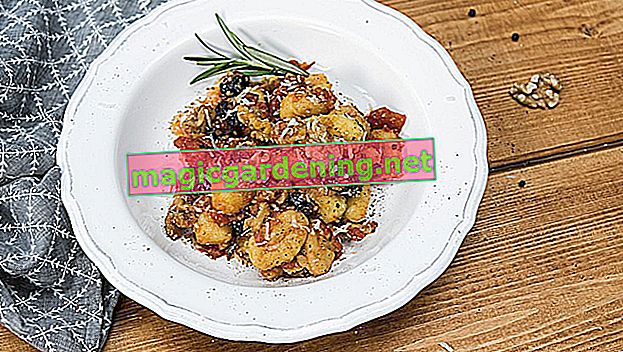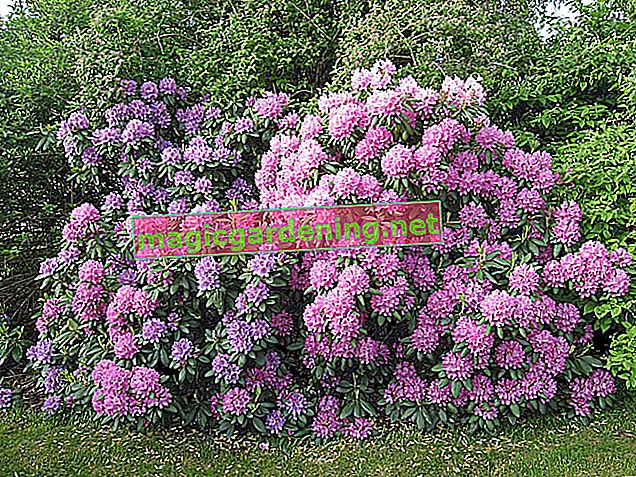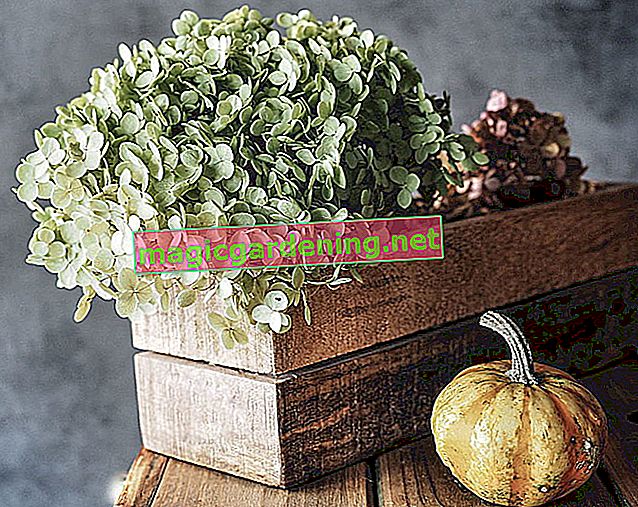
Identify a ripe passion fruit by its skin and weight
There is often a false rumor that a passion fruit is only really ripe and suitable for consumption with a heavily wrinkled skin. The purple colored fruits usually taste good with their spherical shape, even with a smooth skin. However, it is true that fruits with a wrinkled skin tend to have a more sweet and less sour taste. This process of shrinking the fruit peel can easily be observed at home at normal room temperature. However, you should not buy the fruit in the supermarket with a totally wrinkled surface, this could be a sign of too long storage. In addition to the dents on the skin, its very low weight is a sign that a ripe passion fruit could already be very old.In such a case, the taste is no longer optimal and a fermented smell and taste of the pulp can result.
also read
- When is a passion fruit ripe?
- The season of passion fruit
- The blossom of the passion fruit
The uses of a ripe passion fruit
A ripe passion fruit can be processed into various foods in the kitchen, for example as:
- Smoothie
- Fruit portion for sundae
- Fresh fruit
- Garnish for cakes and pies
When processing the smoothie, you should make sure that the kernels are first finely chopped up with the mixer. In general, passion fruits are often halved and the pulp with the edible kernels then spooned straight out of the skin. A popular cake recipe from Australia prescribes the pulp of passion fruit as a garnish portion on the so-called Pavlova. It is a cake made of meringue mixture, which is topped with colorful exotic fruits.
The difference between passion fruit and maracuja
Often times, a passion fruit cut in half is incorrectly shown on juice bottles with a portion of passion fruit juice. In principle, the passion fruit are botanically counted as part of the passion flowers, but strictly speaking it is a separate type of fruit. This is often referred to as yellow passion fruit or grenadilla. With passion fruit, even fully ripe fruits can feel very hard. This is due to the harder pulp compared to the purple colored passion fruit.
Grow the passion fruit yourself
In principle, you can also grow passion fruit in this country. However, since it is a plant that comes from South America and other tropical countries, successful cultivation in this country is only possible on the windowsill, as a container plant or in the greenhouse.
Tips & Tricks
If you want to use the seeds from a purchased passion fruit for growing in pots, you should first carefully remove the pulp. Otherwise the seeds can easily become moldy.
WK

